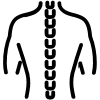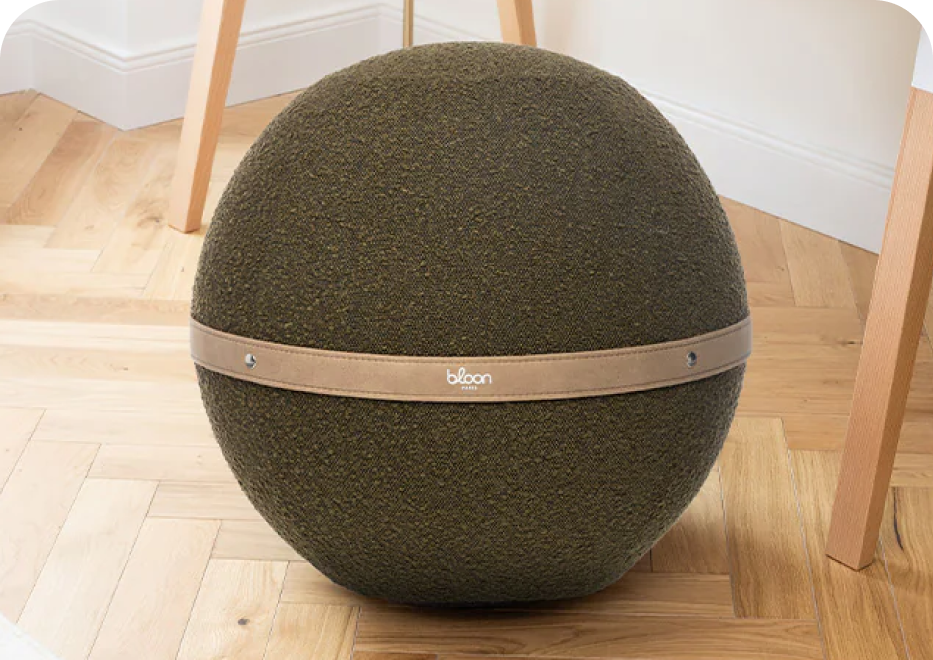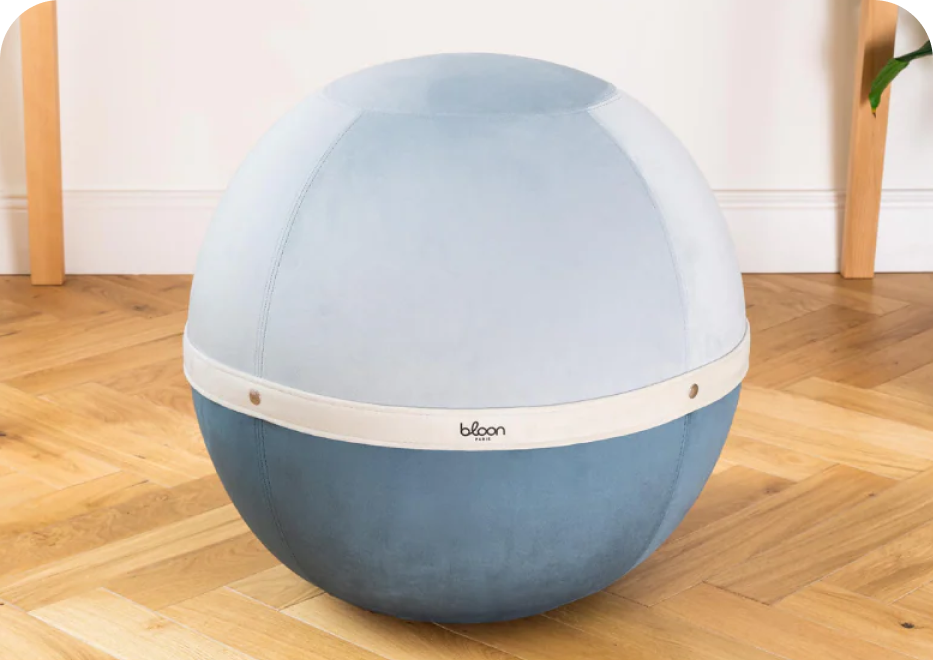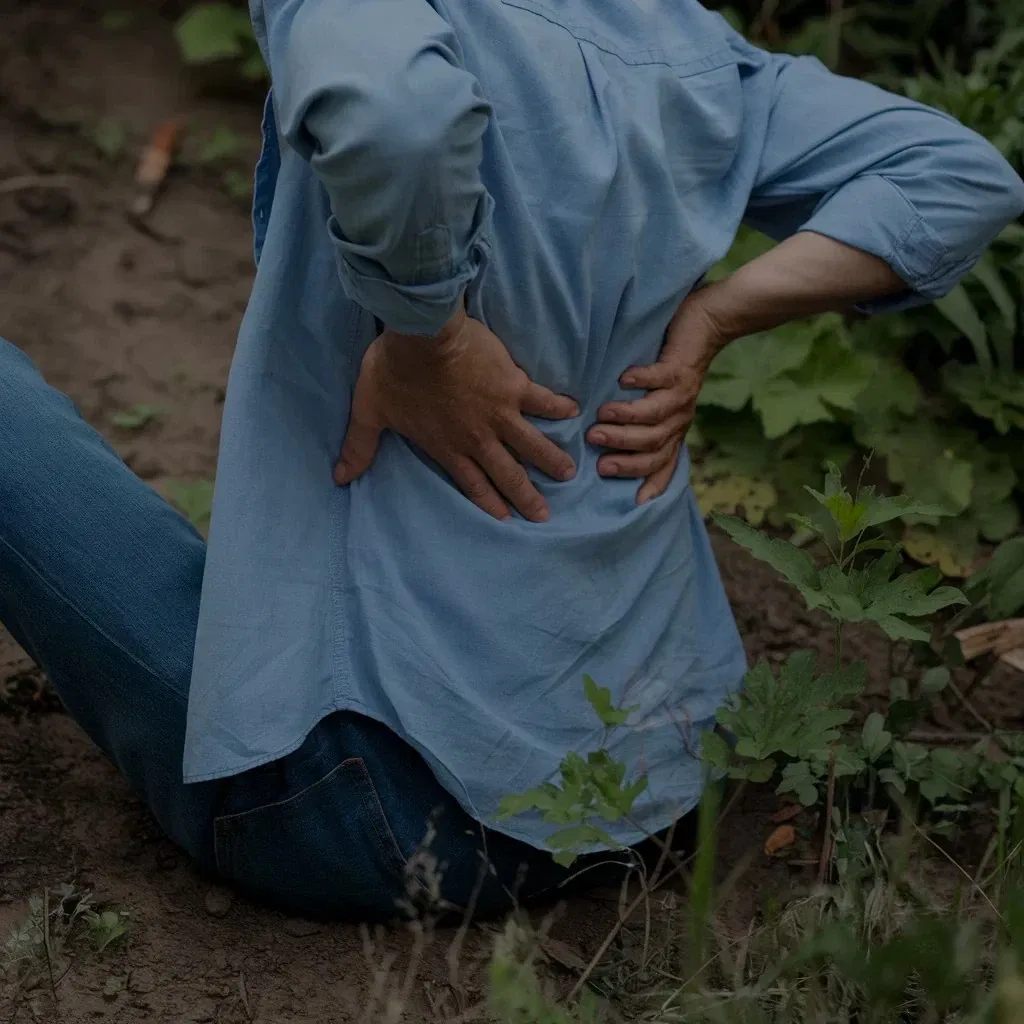

Accueil / dos / Chute sur le dos : quelles conséquences pour la santé et comment réagir ?
Chute sur le dos : quelles conséquences pour la santé et comment réagir ?
Écrit par Bloon Paris
Mise à jour le 02/06/2025
Une chute sur le dos peut avoir des conséquences variées sur votre santé et nécessite une réaction appropriée pour minimiser les dommages. Qu'il s'agisse d'un accident à la maison, à l'extérieur ou lors de pratiques sportives, les blessures peuvent être musculaires, osseuses ou même neurologiques.
Vous vous demandez sûrement comment réagir et soulager la douleur après une chute sur le dos ? Dans cet article, nous vous donnons les bons gestes à adopter pour favoriser une récupération optimale.
Les types de blessures causées par une chute sur le dos
Une chute sur le dos peut entraîner différents types de blessures, allant des lésions musculaires aux atteintes neurologiques. Voici un aperçu des conséquences les plus courantes :
Les blessures musculaires
Lors d'une chute sur le dos, les muscles du dos peuvent subir des entorses, des élongations ou même des déchirures. Ces blessures peuvent entraîner une douleur intense et une limitation des mouvements.
Les lésions osseuses
Une chute sur le dos peut également causer des fractures au niveau de la colonne vertébrale, des côtes ou d'autres os du dos. Ces fractures peuvent nécessiter une prise en charge médicale et un temps de guérison plus long.
Les atteintes neurologiques
Dans les cas les plus graves, une chute sur le dos peut entraîner des atteintes neurologiques, telles que des lésions de la moelle épinière. Ces blessures peuvent avoir des conséquences graves sur la mobilité et les fonctions du corps.
Les atteintes neurologiques
Dans les cas les plus graves, une chute sur le dos peut entraîner des atteintes neurologiques, telles que des lésions de la moelle épinière. Ces blessures peuvent avoir des conséquences graves sur la mobilité et les fonctions du corps.
Découvrez nos solutions pour soulager votre dos
Découvrez nos solutions pour soulager votre dos
Les bons gestes à adopter après une chute sur le dos
Après une chute sur le dos, il est essentiel d'adopter les bons gestes pour favoriser la récupération et soulager la douleur. Voici nos conseils:
Soulagez la douleur après une chute sur le dos
Appliquez du froid sur la zone touchée pour réduire l'inflammation. Utilisez de la chaleur, comme une bouillotte, pour détendre les muscles et soulager les tensions. Si nécessaire, prenez des analgésiques adaptés pour soulager la douleur.
Consultez un kinésithérapeute pour une rééducation
Après une chute sur le dos, il est important de consulter un kinésithérapeute qui pourra vous guider dans des exercices de rééducation adaptés pour renforcer les muscles et favoriser la récupération.
Essayez l'ostéopathie ou le yoga
Ces approches complémentaires peuvent contribuer à soulager la douleur et à améliorer la mobilité après une chute sur le dos. N'hésitez pas à consulter un professionnel qualifié pour bénéficier de ces traitements.
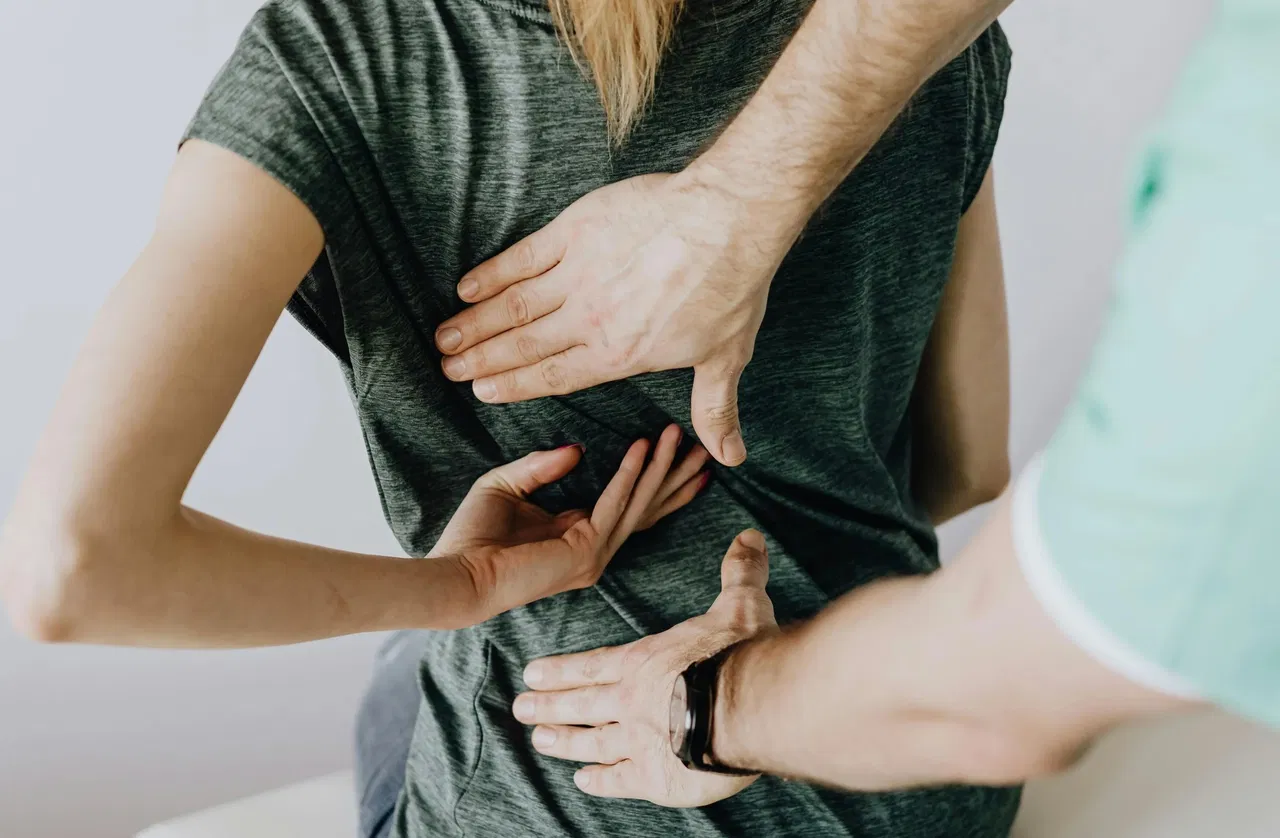
Découvrez notre article sur quand consulter un ostéopathe.
Soulager la douleur après une chute sur le dos
Lorsque vous faites face à la douleur après une chute sur le dos, il existe plusieurs approches pour soulager l'inconfort et favoriser la guérison. Voici quelques conseils utiles :
Appliquez du froid pour réduire l’inflammation
L'application de glace sur la zone blessée peut aider à réduire l'inflammation et soulager la douleur. Enveloppez un sac de glace ou des glaçons dans un linge propre et appliquez-le délicatement sur la région douloureuse pendant environ 15 à 20 minutes à la fois. Répétez cette procédure plusieurs fois par jour, en laissant des périodes de repos entre chaque application.
Utilisez la chaleur pour détendre les muscles
Une fois que l'inflammation a diminué, l'application de chaleur peut aider à détendre les muscles raides et tendus. Utilisez une bouillotte, un coussin chauffant ou prenez un bain chaud pour réchauffer délicatement la zone touchée. Veillez à ne pas appliquer une chaleur excessive et à ne pas brûler votre peau.
Prenez des analgésiques adaptés
Pour soulager la douleur, vous pouvez prendre des analgésiques en vente libre tels que le paracétamol ou les anti-inflammatoires non stéroïdiens (AINS) comme l'ibuprofène. Cependant, n'oubliez pas de suivre les instructions du fabricant et de consulter un professionnel de la santé si nécessaire.
Les types d'accidents courants entraînant des chutes sur le dos
Les chutes sur le dos peuvent survenir dans différents contextes. Voici quelques exemples d'accidents courants :
Les chutes sur le dos à la maison
Les accidents domestiques, comme une chute dans les escaliers ou une glissade dans la salle de bain, peuvent entraîner des chocs au dos.
Les chutes à l'extérieur
Les chutes dans la rue, sur les trottoirs glissants ou les surfaces irrégulières, peuvent également causer des blessures au dos.
Activités physiques et sports à risque
Les activités sportives telles que le ski, le snowboard ou les sports de contact comportent un risque accru de chutes sur le dos.

Prévenir les chutes : les bonnes pratiques
La prévention des chutes est essentielle pour réduire les risques de blessures au dos. Voici quelques conseils pour vous aider à prévenir les chutes :
Aménagez votre espace de vie
Assurez-vous que votre domicile est bien éclairé, en installant des éclairages suffisants dans toutes les pièces.
Éliminez les obstacles et les objets qui pourraient vous faire trébucher, tels que les tapis glissants ou les câbles électriques mal placés.
Utilisez des mains courantes dans les escaliers et les couloirs pour vous soutenir et éviter les chutes.
Renforcez vos muscles et votre équilibre
L'exercice régulier peut renforcer vos muscles et améliorer votre équilibre, réduisant ainsi les risques de chutes. Essayez des exercices de renforcement musculaire et d'équilibre, tels que le tai-chi, le yoga ou la marche.
Consultez un professionnel de la santé ou un entraîneur qualifié pour obtenir des conseils sur les exercices adaptés à votre situation.
Utilisez des équipements de protection pour les activités à risque
Lorsque vous pratiquez des activités à risque, comme le ski ou le snowboard, portez des équipements de protection appropriés tels que des casques, des genouillères et des coudières. Cela peut aider à prévenir les blessures graves en cas de chute.
En adoptant ces bonnes pratiques et en restant conscient de votre environnement, vous pouvez réduire considérablement les risques de chutes et préserver la santé de votre dos. Veillez à consulter un professionnel de la santé pour obtenir des conseils personnalisés et adaptés à votre situation.

L’alternative design à la chaise classique qui soulage votre dos
FAQ : Chute sur le dos
Comment savoir si un choc au dos est grave ?
Si vous avez subi un choc au dos et que vous ressentez une douleur intense, une incapacité à bouger ou à supporter votre poids, ou si vous éprouvez des difficultés à uriner, il est important de consulter immédiatement un professionnel de la santé. Ils pourront évaluer la gravité de la blessure et fournir les soins appropriés.
Quand consulter après une chute sur le dos ?
Après une chute sur le dos, nous vous recommandons de consulter un professionnel de la santé si vous ressentez une douleur persistante, une raideur, une faiblesse musculaire, ou si vous avez des difficultés à bouger. Même si les symptômes semblent légers, il est préférable de faire évaluer la situation pour exclure toute blessure interne ou invisible.
Comment savoir si une chute est grave ?
Une chute est considérée comme grave si vous ressentez une douleur intense, si vous ne pouvez pas bouger ou supporter votre poids, ou si vous avez des difficultés à respirer. Dans de tels cas, il est crucial de demander une aide médicale immédiate.
Comment savoir si on a une fracture après une chute ?
Si vous avez subi une chute et que vous présentez des symptômes tels qu'une déformation visible, une douleur intense, un gonflement ou une sensibilité au toucher autour de la zone affectée, il est possible que vous ayez une fracture. Dans ce cas, il est important de consulter un professionnel de la santé pour obtenir un diagnostic précis et un traitement approprié.
Quand s'inquiéter après une chute ?
Après une chute, il est recommandé de s'inquiéter et de consulter un professionnel de la santé si vous ressentez une douleur persistante, une faiblesse musculaire, une incapacité à bouger ou à effectuer des activités quotidiennes, ou si vous avez des symptômes tels que des étourdissements, des maux de tête intenses, des nausées ou des vomissements.
Quand consulter suite à une chute ?
Après une chute, nous vous conseillons de consulter un professionnel de la santé si vous présentez des symptômes tels que des douleurs intenses, une incapacité à bouger, une déformation visible ou si vous avez des préoccupations concernant votre santé. Il est préférable de faire évaluer la situation afin d'obtenir les soins appropriés et de prévenir toute complication éventuelle.
